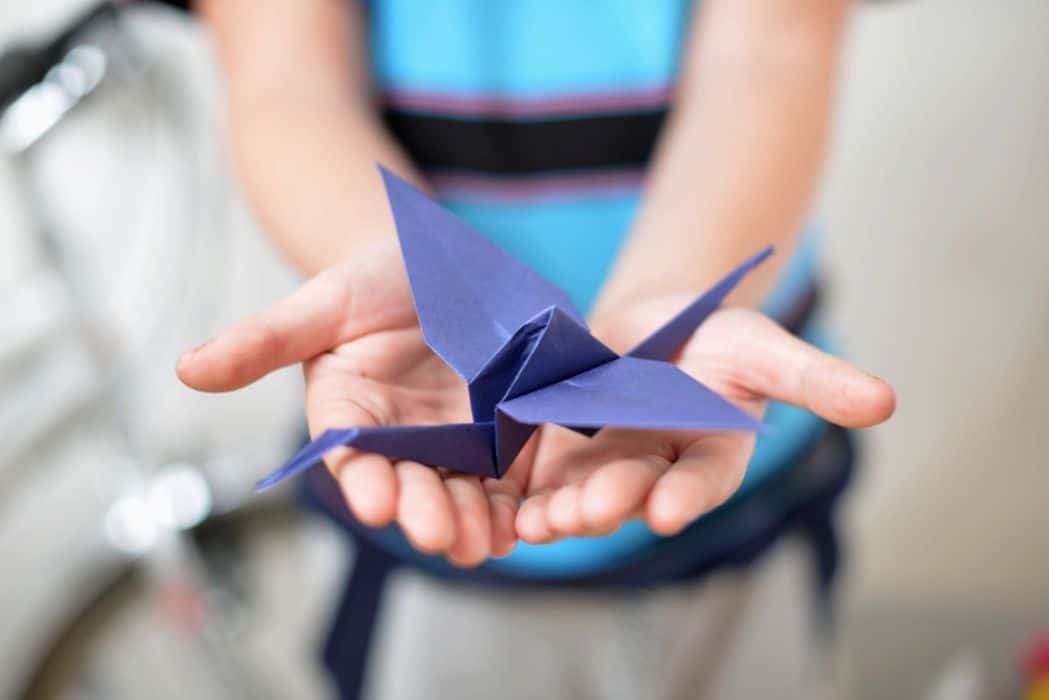Japan has a beautiful, anciently-rooted culture, featuring specialty foods, peaceful activities, martial arts, and various types of unique artwork.
There’s a chance that one or more of these extraordinary hobbies could be a perfect fit for you – feel free to take a look!
1. Learn a Japanese Martial Art
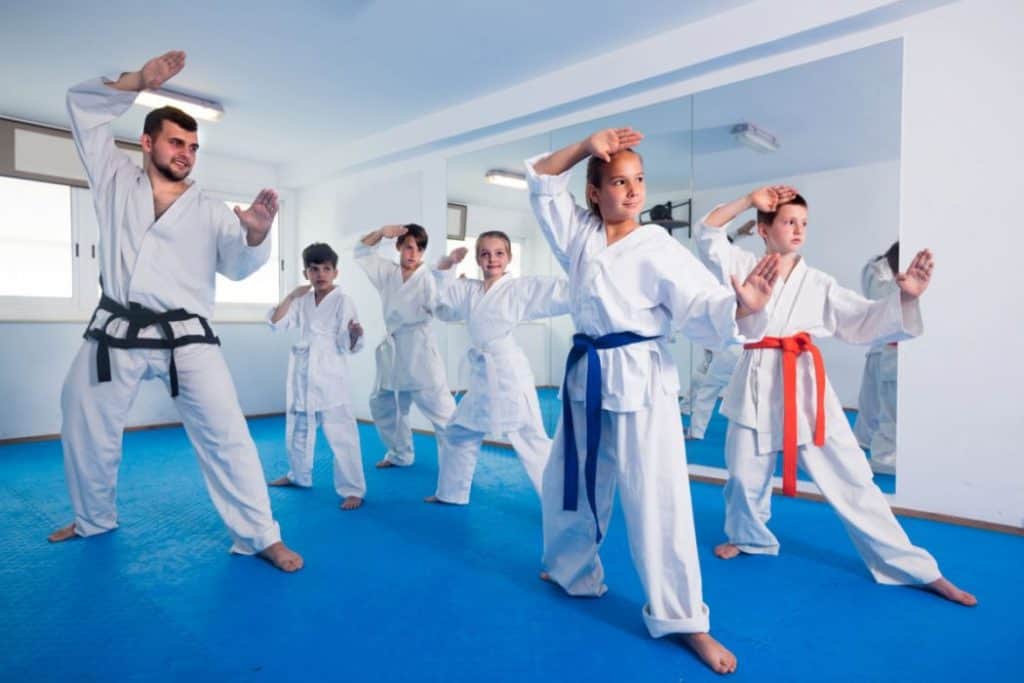
Perhaps you would like to learn a type of Japanese martial art. The four main styles are aikido, and karate, iaido, and judo. Aikido focuses on defense and is fairly peaceful. Iaido, on the other hand, specializes in a surprise attack!
Judo embodies gentle force and immobilizing an opponent. Finally, Karate possesses a combination of defensive moves and strikes. It also teaches economy of movement, for the most effective defense or attack.
These martial arts are an excellent way to hone both the body and the mind, all while having some fun and learning some invaluable self-defense. In a hobby, there’s not a lot more you can ask for!
2. Make Origami (Fold Paper to Create Artwork) 100

You’ve probably heard of Origami before. Did you know it originated in Japan? Origami is a storied, 17-century Japanese art of folding paper.
There are folds designs simple enough for a beginner (such as the classic crane), as well as those complex enough to be truly spectacular (such as an intricate dragon).
It’s a beautiful, 3D artform, and gently folding the soft Origami paper in precise ways can be a surprisingly peaceful hobby. In the end, you’ll also end up with some beautiful and unique artwork!
3. Make Traditional Soba Noodles Yourself 100

Soba noodles are traditional Japanese pasta, made from buckwheat. The noodles are thin and have just the right amount of softness and chew.
They go commonly enjoyed hot in soups or stir-fries, or chilled, in a dipping sauce. So, how do you make soba noodles? Simply combine buckwheat and Kamut or spelt flour and hot water! Roll out the dough, cut it, and boil for just 1 minute.
This, along with a few other small but helpful steps, such as sprinkling flour on and beneath the dough so it won’t stick!
4. Shodo (A Kind of Japanese Calligraphy)

Shoda is the art of Japanese calligraphy, and they’ve mastered the skill. While many calligraphy forms use quills or ball-pointed pens, Shodo utilizes a super-soft, malleable, fine brush.
Talent at the art is based on precision, the flow of the brush, balance, shading, and balance. It’s a visually and mentally soothing activity that’s well worth the practice to master!
5. Ikebana (Japanese Flower Arrangement)
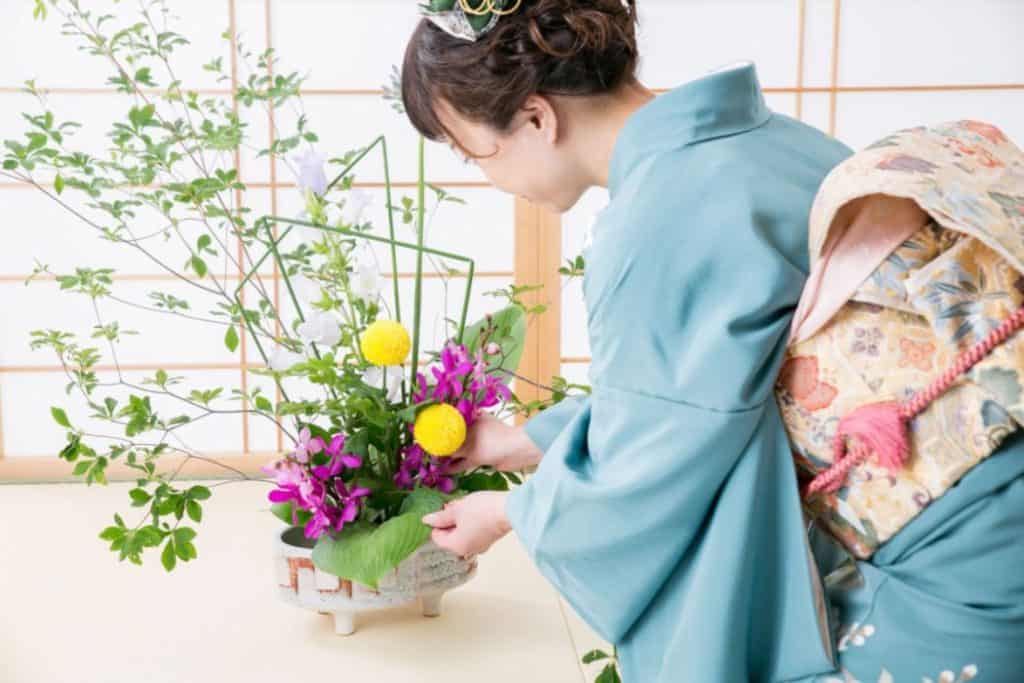
Ikebana is the Japanese art of flower arrangement. It differs from normal flower arrangement, as it has special factors to take into consideration. The four guidelines of Ikebana are movement, fresh approach, balance, and harmony.
Essentially, the flower arrangements are meant to draw the eye to unique beauties we might otherwise overlook.
The result is often quite whimsical and restful (with a definite zen appeal). In a nutshell, when done in this manner, flower arrangement can be more meaningful and rewarding than you might think!
6. Make Mochi (A Unique and Tasty Japanese Dessert)
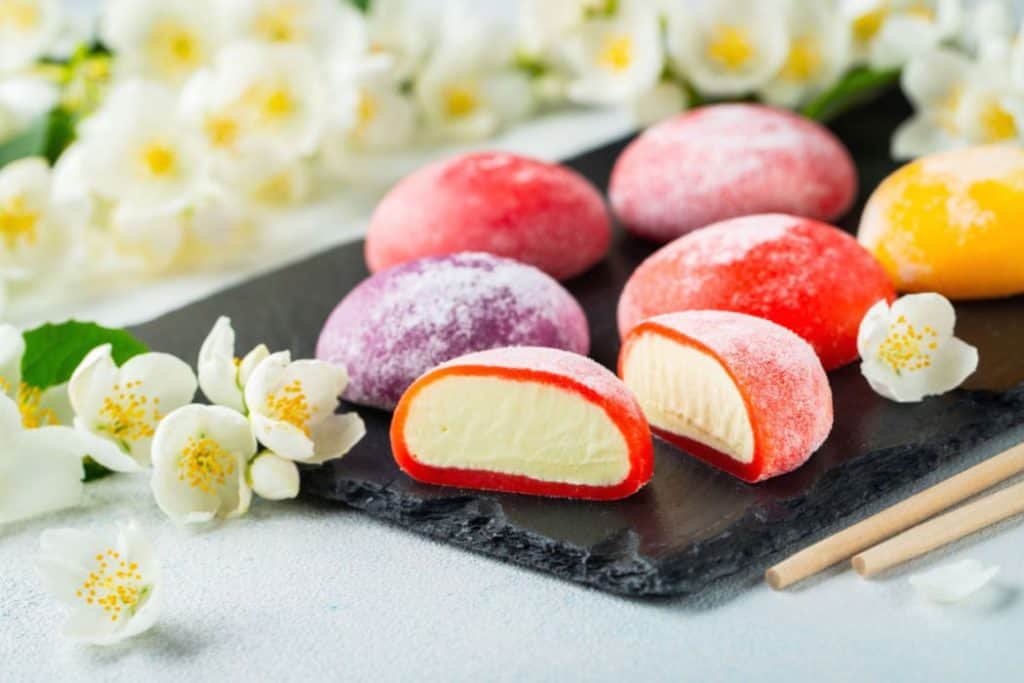
Mochi is something that most people seem to love or hate. It’s a treat made from sweet, sticky rice flour – but here’s where it gets a bit unusual. It’s filled with sweetened bean paste, for a dessert that’s similar to a dumpling, with a bouncy, chewy texture and mild, pleasant flavor.
There are all kinds of different mochi, from green tea to strawberry, to red bean, to matcha. All that you need is glutinous rice flour, water, corn starch, red bean paste (or your choice of filling), your choice of flavoring (such as matcha), and of course, sugar.
Mochi ice cream is also a popular, storied, and fun-to-make snack!
7. Have a Peaceful Japanese Tea Ceremony
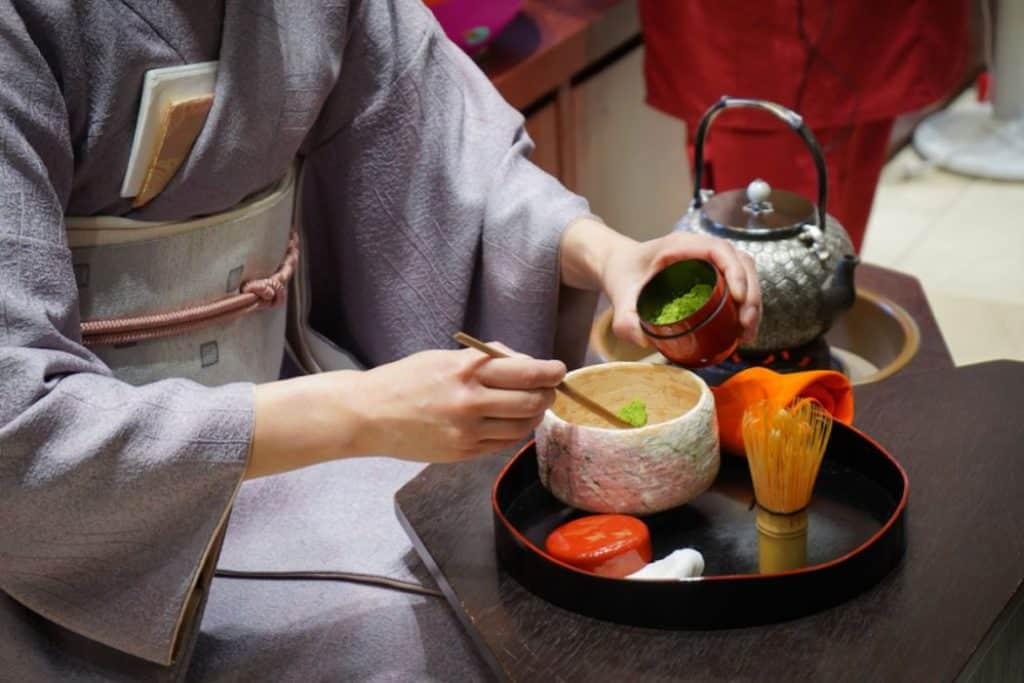
Did you know that what many consider tea is actually technically not? Chamomile ‘tea,’ for example, is actually an herbal tincture; it does not contain tea leaves or Camellia sinensis.
These leaves are grown, harvested, and aged in a very special manner! There are also several kinds of tea ceremonies in Japan, involving specific ways to pour water, infuse it with leaves, and so on.
It’s an incredibly ancient and peaceful hobby and a great way to get in touch with your roots and nature while enjoying a steaming cup of true tea – perhaps with a fellow tea-lover!
8. Try Out Karesansui (Creating Rock Gardens) 75
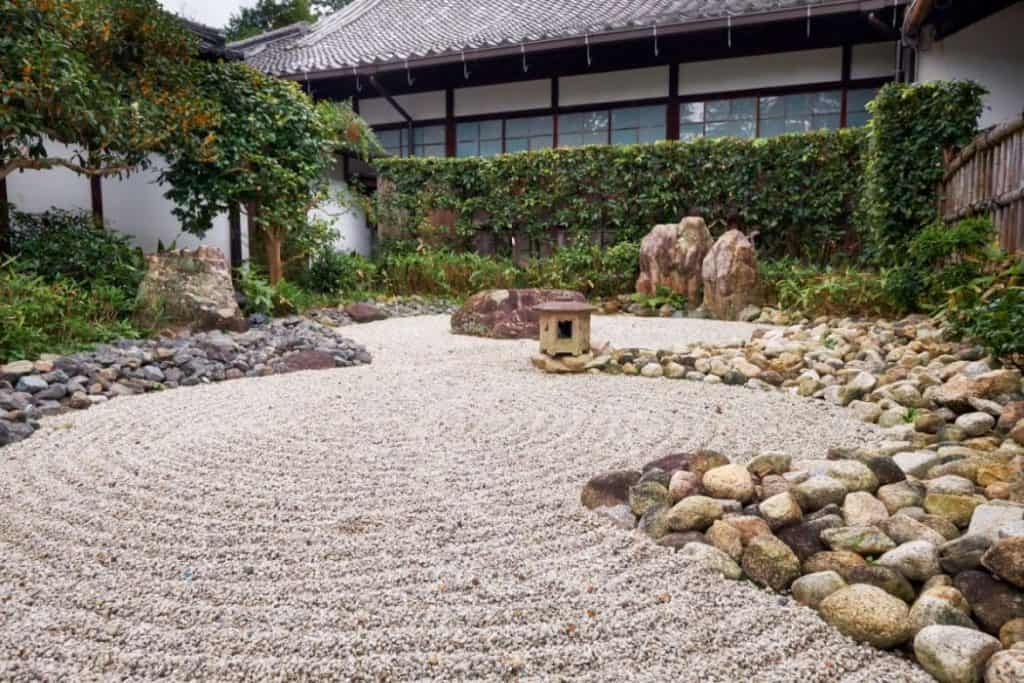
The art of creating rock gardens is also known as Karesansui, and it involves a few key elements, such as sand, moss, bushes, and water! The sand is typically raked into a flowing, ripple-like pattern that is immensely restful to the eye.
Karesansui is overall a very calming and pleasant activity, and it creates some beautiful and unique decor. Who knows – it could be just what you’re looking for!
9. Care For Your Own Bonsai (Miniature Tree)

You’ve doubtless seen bonsai trees before. These miniature trees are gorgeous reflections of their full-sized counterparts, with spruce, wisteria, gorgeous Japanese maple, even Yew!
Caring for a bonsai tree is a both simple and soothing activity. All it takes is a gentle touch and some precision (and if you have an artistic eye, even better).
To tend to your bonsai, simply make sure you water in a balanced fashion. You can trim the bonsai both to shape it and to keep any unwanted growth in check!
10. Roketsu (Indigo Dye and Wax Artwork)
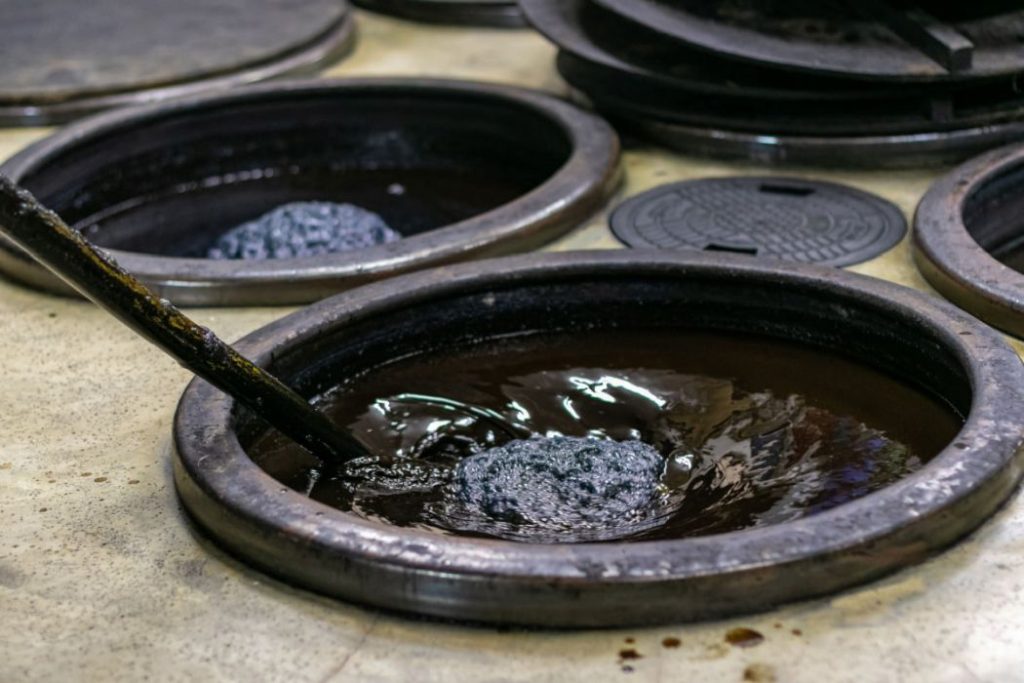
Roketsu is a Japanese art that uses primarily indigo dye and wax. Simply put, a wax design is drawn out on the shirt. The shirt is then dyed a beautiful, rich indigo color – all except the areas marked with wax.
These stay the original white shirt color, creating lovely, distinctive white-and-indigo artwork!
11. Yakimomo (A Japanese Technique for Cooking Meat)
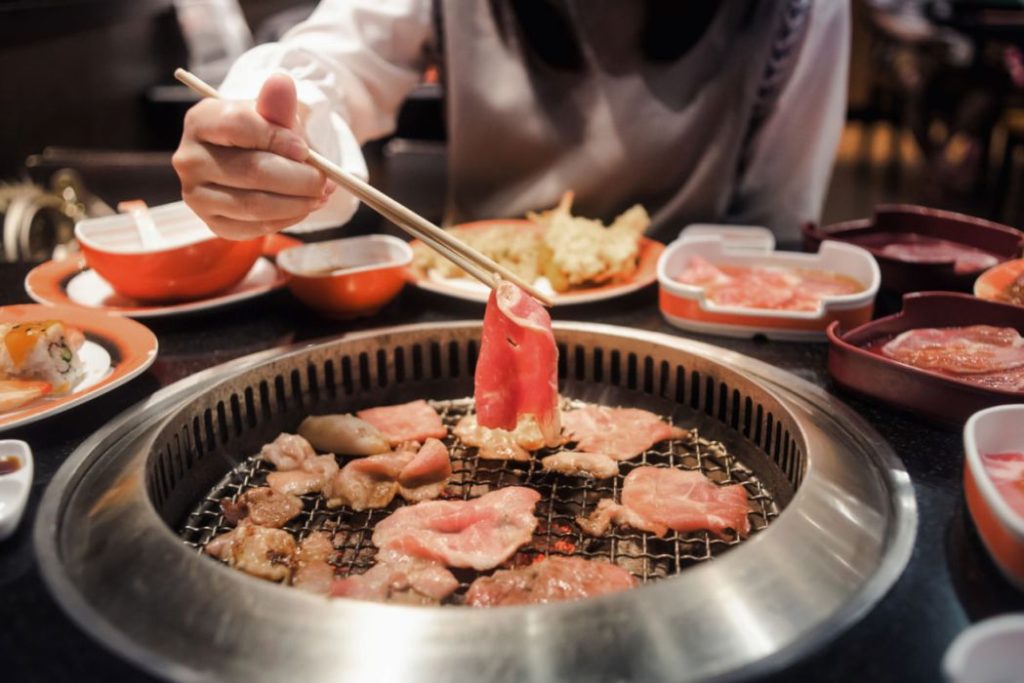
Yakimomo is the perfect hobby for a meat-lover! It involves marinating various types of meat (typically in soy sauce and seasonings, and sometimes with rice wine), skewering them, and grilling them to perfection. The result is a super-flavorful, tender dish that (particularly in Japan) is quite popular!
Final Thoughts – Japanese Hobbies
So, there you have it: 11 traditional Japanese hobbies that are quite popular! What do you think? Do any of them catch your interest?
You’ll never know if you’ll love it until you give it a try! You may find yourself with some remarkable hobbies that are both great for sharing, and great for enjoying by yourself. Best of luck!

